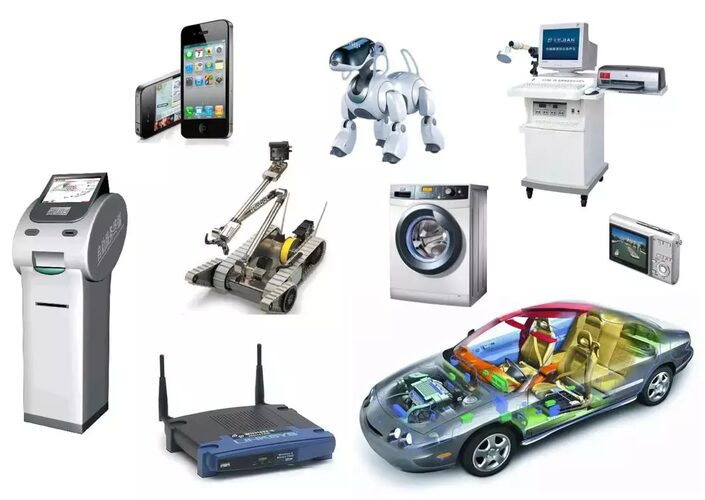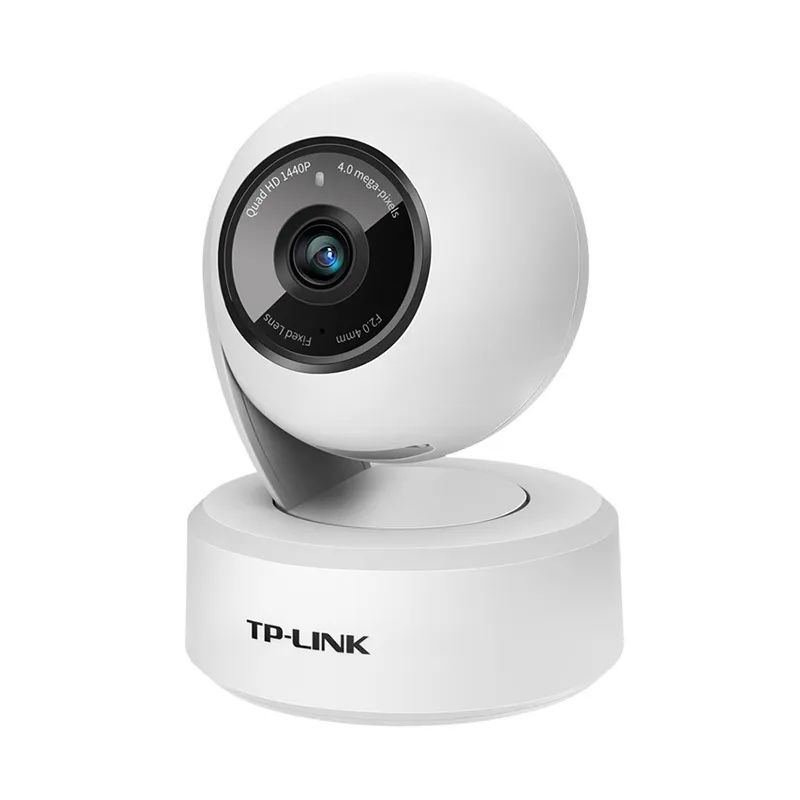




-
Strong specificity: Designed and optimized for specific application needs.
-
High real-time requirements: Must complete specific task responses within a specified time.
-
Resource constraints: Including processor performance, memory capacity, storage capacity, etc.
-
Low power consumption: To meet battery-powered or energy-saving requirements.
-
High reliability: Stable operation in harsh environments.



Common embedded operating systems include:
-
FreeRTOS: Open-source, lightweight, suitable for small embedded systems. -
uC/OS-II: Features portability and customizability. -
Embedded version of Linux: Such as Yocto Project, Buildroot, etc. -
VxWorks: Widely used in aerospace, military, and other fields.




-
Communicate with clients or project stakeholders to clarify the functionalities, performance indicators, cost constraints, power consumption requirements, etc. that the system needs to achieve.
-
Select appropriate processor architecture and chip, such as ARM, MIPS, etc.
-
Determine hardware modules, such as sensor interfaces, communication modules (Bluetooth, Wi-Fi, etc.), storage devices, etc.
-
Plan software architecture, including the choice of operating system (such as FreeRTOS, Linux, etc.), and the hierarchy of the application program.
-
Draw circuit schematics, design PCB (Printed Circuit Board) layout.
-
Simulate and verify hardware to ensure circuit correctness and stability.
-
Port the operating system and configure kernel parameters.
-
Write low-level drivers to enable hardware devices to function properly.
-
Develop application programs to implement the specific functionalities of the system.
-
Integrate hardware and software, perform preliminary debugging and testing.
-
Conduct unit tests to test the functionalities of each module separately.
-
Conduct integration tests to check the collaborative operation of the entire system.
-
Conduct performance tests to evaluate the system’s response time, resource utilization, etc.
-
Conduct reliability tests to simulate various harsh environments and abnormal situations to verify the system’s stability.
-
Optimize the system based on test results, such as improving algorithms to enhance performance, optimizing code to reduce resource usage, etc.
-
After completing all testing and optimization work, launch the product to the market.



-
Measure the system’s response speed to inputs. This can be done using specialized testing tools or code to record and analyze response times.
-
Determine the amount of data or number of tasks the system can handle in a unit of time. For example, in a network communication embedded system, the amount of data that can be transmitted per second.
-
Monitor processor usage, memory occupancy, storage usage, etc. This information can be obtained using system-provided performance monitoring tools or third-party software.
-
For battery-powered embedded devices, power consumption is a key metric. For example, in a portable medical device, prolonged high power consumption may affect the device’s usage time and reliability.
-
Detect temperature changes while the system is running. Excessive temperatures may lead to performance degradation or even failure of the chip.
-
Conduct long-term continuous operation tests to observe whether the system experiences crashes, errors, or anomalies.
-
Deliberately input erroneous data or create abnormal situations to see if the system’s error detection and recovery mechanisms are effective.
-
For example, in the case of a communication interruption, whether the system can correctly handle and re-establish the connection.
-
Test the system’s stability during software updates and its compatibility with different versions of software and hardware.
-
Apply pressure to the system beyond normal operational loads and observe its performance and stability under extreme conditions.